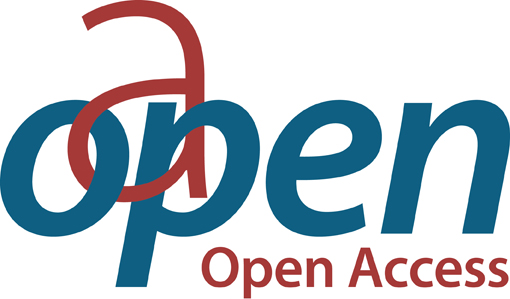Classification of Lithic Artefacts from the British Late Glacial and Holocene Periods
Author(s)
Ballin, Torben Bjarke
Collection
Knowledge Unlatched (KU)Language
EnglishAbstract
A system for the hierarchical Classification of Lithic Artefacts from the British Late Glacial and Holocene Periods is offered in this book. It is hoped that it may find use as a guide book for archaeology students, museum staff, non-specialist archaeologists, local archaeology groups and lay enthusiasts. To allow the individual categories of lithic objects to be classified and characterised in detail, it was necessary to first define a number of descriptive terms, which forms the first part of this guide. The main part of the book is the lithic classification section, which offers definitions of the individual formal debitage, core and tool types. The basic questions asked are: what defines Object X as a tool and not a piece of debitage or a core; what defines a microlith as a microlith and not a knife or a piercer; and what defines a specific implement as a scalene triangle and not an isosceles one? As shown in the book, there are disagreements within the lithics community as to the specific definition of some types, demonstrating the need for all lithics reports to define which typological framework they are based on.
The eBook edition of this publication is available in Open Access, supported by Historic Environment Scotland.
Keywords
Social Science; ArchaeologyISBN
9781789698701Publisher
Archaeopress PublishingPublisher website
https://www.archaeopress.com/Publication date and place
2021Imprint
Archaeopress PublishingClassification
Archaeology


 Download
Download